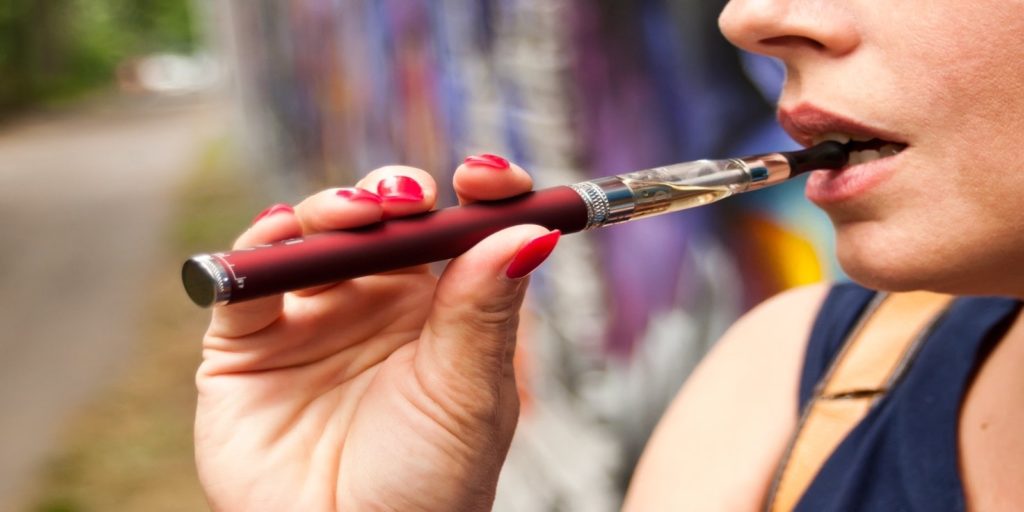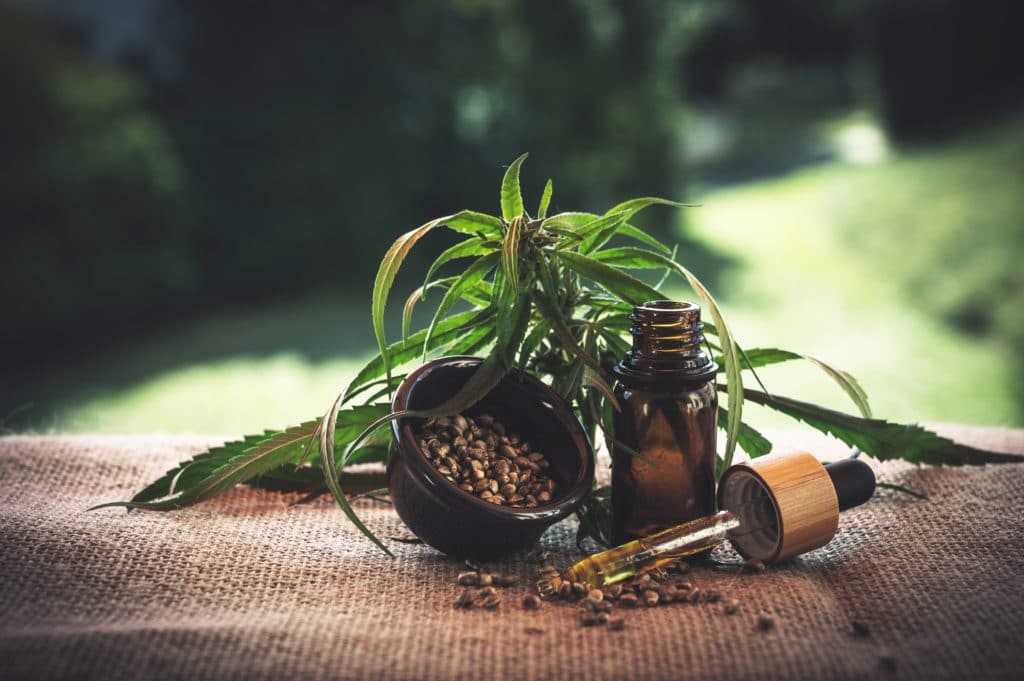Read Time: 4:00 Mins.
Older adults in the U.S. and Canada are increasingly using medical marijuana to help with a variety of common medical conditions such as insomnia, pain, stress, and anxiety. In doing so, they are also altering the previous negative stigma of “devil-weed.” According to Pew Research, 62% of Americans favor complete legalization. For comparison, in the year 2000, only 31% supported legalization, and in 1969, that number was 12%. Despite Mark Twain’s quip about the three kinds of lies (lies, damn lies, and statistics) these numbers don’t lie. In October 2018, Canada became the first country to legalize marijuana at the national level. After the November 2018 mid-term elections, a total of 33 U.S. states permit medical marijuana use, and ten states allow adult-use. This December, the U.S. Farm Bill signed into law removes industrial hemp from the list of federally controlled substances. Clearly, attitudes are changing, and people are leading the politicians on the subject. In many communities, medical marijuana is no longer discussed in polite whispers because adults are openly discussing its many benefits. Hard data is needed to explain the reasons for medical marijuana’s fairly recent acceptance, but common sense tells us that positive, personal experiences are highly likely to be an important factor.
Another reason for this surge in use may be attributed to the many ways for adults to consume medical marijuana. Older people may not be interested in smoking as it can irritate your throat and coughing is not uncommon. Fortunately, vaping, edibles, tinctures, and topical products provide a variety of alternate medicinal delivery methods. Microdosing is also very popular as it permits more precise dosing throughout the day. Adults may now customize how, when, and where they consume medical marijuana in ways that are specific to their needs.
Medical Research on the Horizon
It makes perfect sense that many senior adults heavily rely on their doctor’s recommendation for treatment options. In turn, doctors rely on scientific studies before recommending a course of action. In 1973, the federal government categorized marijuana as a Schedule I drug meaning it had no medical value. As a result, the government limited research to a handful of authorized, tightly controlled educational institutions and companies. In June 2018, the Food and Drug Administration approved the first-ever U.S. cannabis drug, Epidiolex, for treating epilepsy. Scientists in Israel are making great strides in cannabis research, and now that Canada’s government ended prohibition, it is poised to the do same. In a positive development here in the U.S., established medical professionals recognize the need for much more active medical marijuana research.
A 2017 report by the National Academies of Sciences, Engineering, and Medicine recommends that “research be done to develop a comprehensive understanding of the health effects of marijuana, and…steps be taken to overcome regulatory barriers that may make it difficult to do research on marijuana’s health effects.” According to the organization American’s for Safe Access, “Between 1840 and 1900, European and American journals of medicine published more than 100 articles on the therapeutic use of cannabis. In fact, cannabis was part of the American pharmacopeia until 1942, and is currently available by prescription in Canada, the Netherlands, Israel, and Germany.”
When the traditional medical community has more data to support use of medical marijuana, we can assume that the numbers of adult users will continue to grow at an unprecedented rate. A June 2018 study published for Gerontology and Geriatric Medicine found that the “greatest increase in marijuana use was observed among those in the older adult population 50 years or older, and those 65 years or older had the greatest increase in marijuana use in the older adult population.” In another fascinating and profound development, Scientific American reported that opioid prescriptions dramatically decreased in states where medicinal cannabis is legal. Given the current opioid health crisis in our country, this is a positive development that may lead to further acceptance of medical marijuana.
Medical Marijuana, Big Media, and Major Brands
The New York Times recently ran a story on older Americans’ increasing use of medical marijuana. They are not alone, and it’s worth noting that many major media outlets are finally avoiding the “stoner stereotype” and cover the subject from a medical or business perspective. The cable business channel CNBC regularly covers marijuana business stories. It recently posted a story on how Walmart in Canada is exploring selling cannabis products in their Canadian stores. Sales are not yet underway but having one of the largest retailers on the planet studying the matter is a significant development. Forbes magazine also routinely covers the marijuana industry and reported that Estée Lauder’s Origins brand is creating a CBD-infused line of beauty products. In other media developments, an entirely new industry of marijuana business journalism is also emerging. Giant beverage brands Molson Coors, Corona, and Coca-Cola, are exploring their options for developing cannabis-infused beverages. While hundreds of smaller cannabis brands already exist in the marketplace, it speaks volumes in societal change when traditionally risk-averse, international brands are openly moving into cannabis products.
The marijuana plant is an incredible product of nature that is not fully understood. Hopefully more scientific research is coming both internationally and in the U.S. to scientifically validate its medicinal potential. This may lead to wider acceptance both here and abroad by big brands and ordinary people alike. Only time will tell.
Karl Phillips is a writer who covers the cannabis industry.




